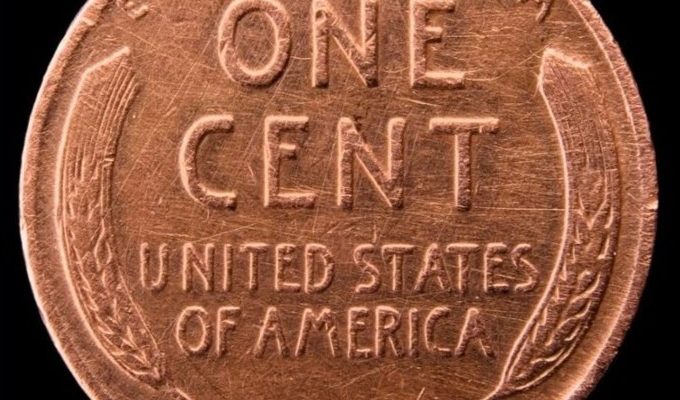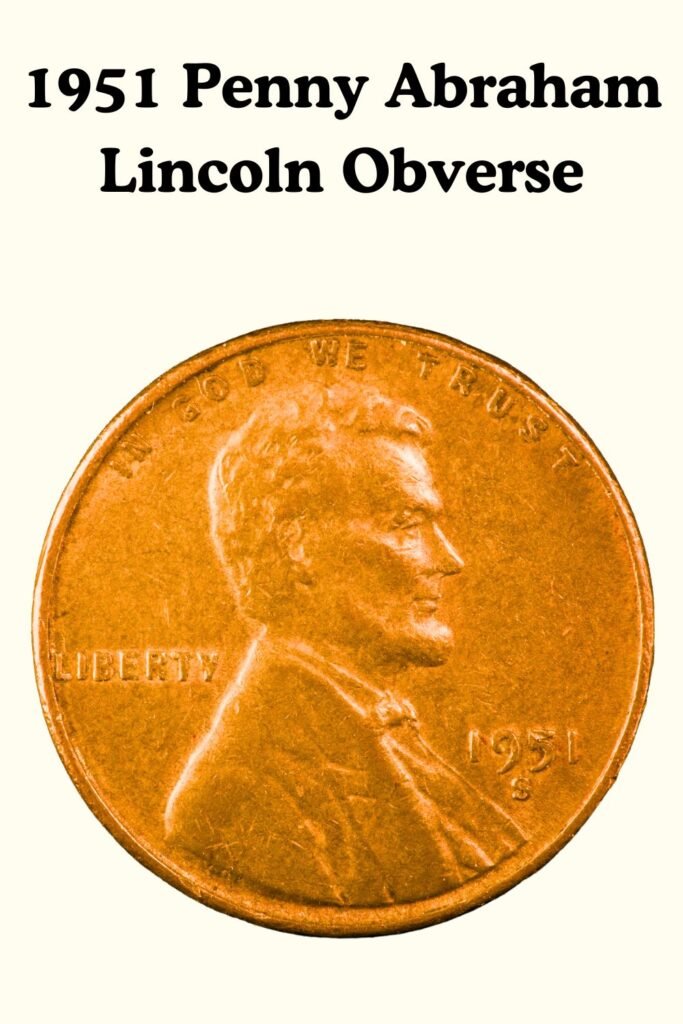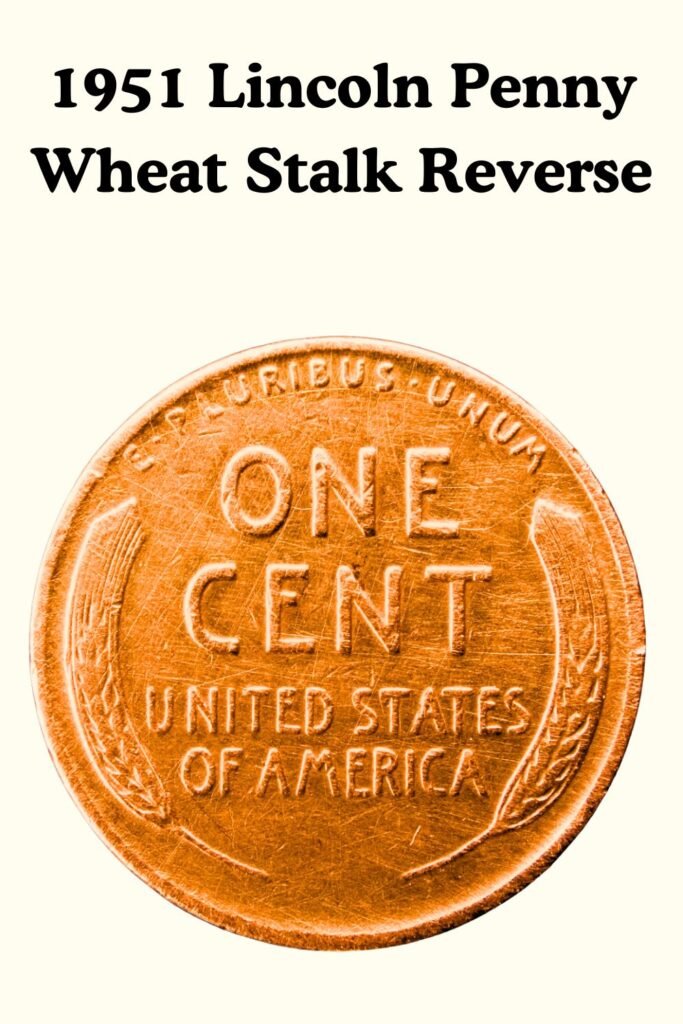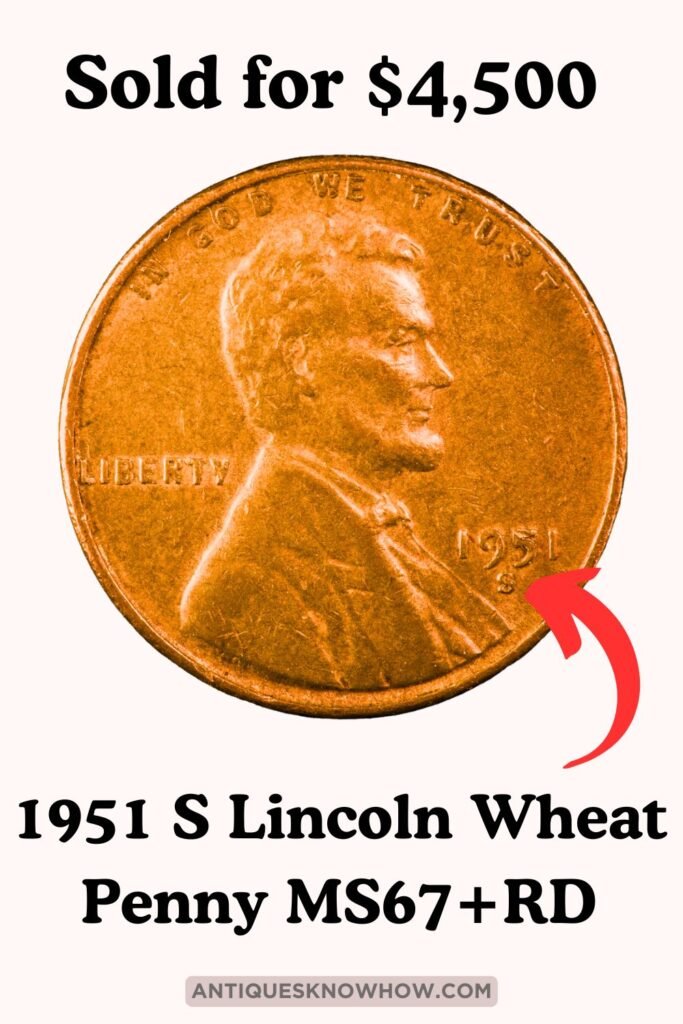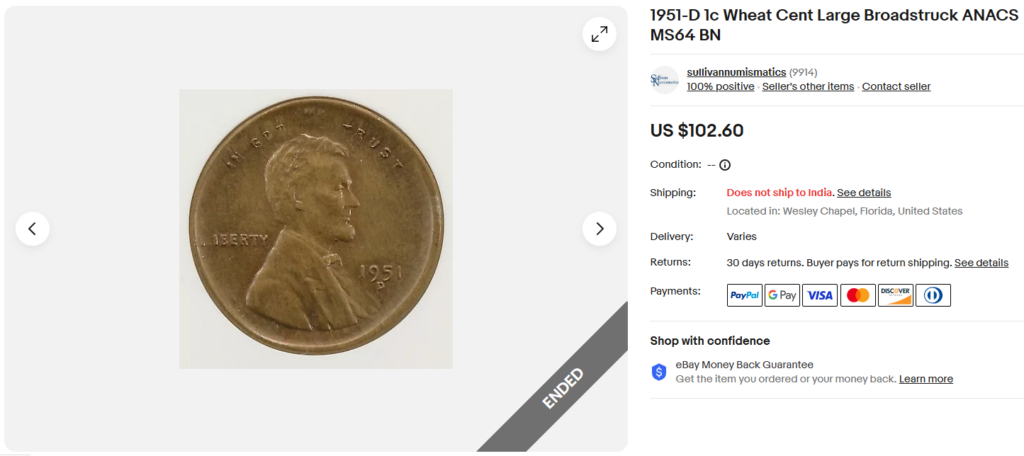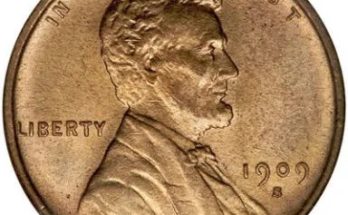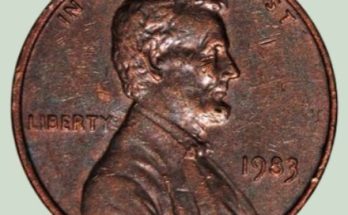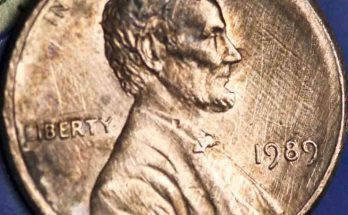Is your 1951 D Lincoln Wheat Penny hiding a fortune? This rare coin can be worth up to $6,600! Learn what makes it so special, including its unique mint mark D which means it was minted in Denver, and historical significance. Discover how to identify high-grade examples and errors that enhance a 1951 copper penny value.
Did you know that an old 1965 Lincoln Wheat Penny is worth way more than just its face value? In fact, a rare high-quality proof example was once sold for a whopping $15,000 in an auction! So, if you have this small cent in your collection, this guide is all you need to identify all its rare features, like grades, color, and errors worth money!
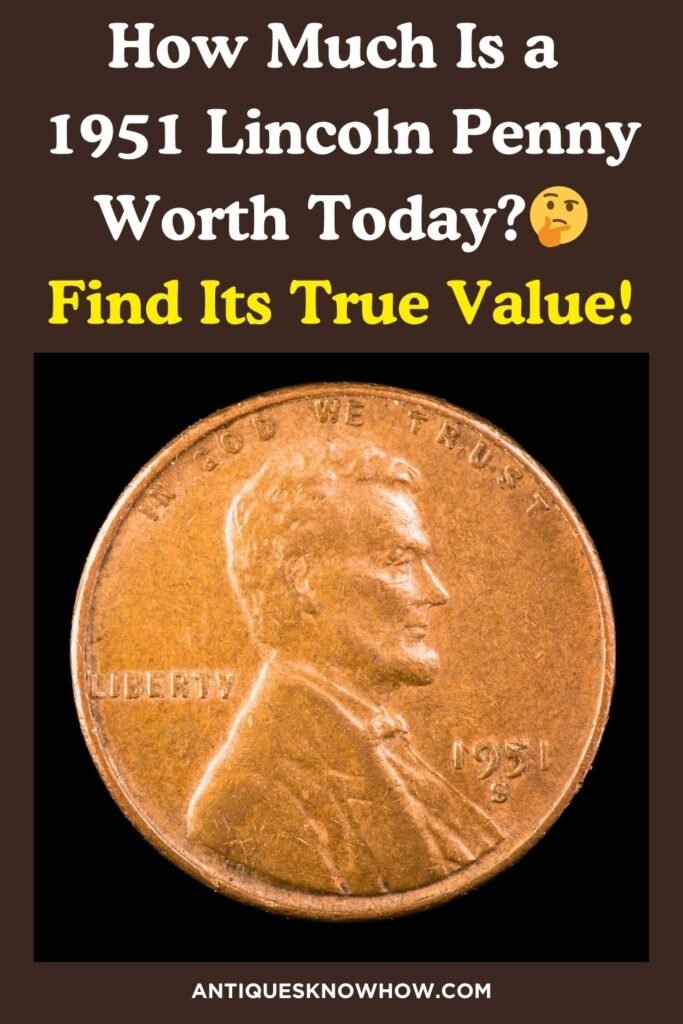
Interesting History of the 1951 Lincoln Wheat Penny
The 1951 Lincoln Wheat Penny continued the legacy of Victor David Brenner’s iconic wheat stalks design, first introduced in 1909. The year 1951 marked a significant period in American history, as the nation experienced post-World War II economic prosperity while simultaneously facing the challenges of the Korean War.
This year, the United States Mint operated at maximum capacity, producing over 1 billion coins across the three main facilities – Philadelphia, Denver, and San Francisco, with Philadelphia also producing proof coins.
| 1951 Lincoln Wheat Cent | Key Features & Facts |
| Coin Composition | 95% Copper, 5% Tin and Zinc |
| Minting Location | Philadelphia, Denver, San Francisco |
| Minting Year | 1951 |
| Face Value | 1-cent (0.01$) |
| Weight | 3.11 grams |
| Diameter | 19.05 mm |
| Thickness | 1.52 mm |
| Designer | Victor David Brenner |
| Mint Marks | D – Denver S – San Francisco No Mint Mark – Philadelphia |
| Total Mintage | 1,045,998,500 coins |
How to Identify a Real 1951 Lincoln Cent (Design & Physical Features)
Remember, a 1951 Lincoln wheat penny will only be worth anything if it’s genuine! And understanding its design elements and physical characteristics is crucial in order to authenticate the coin.
